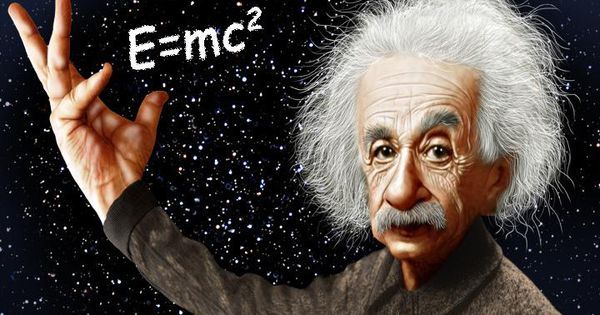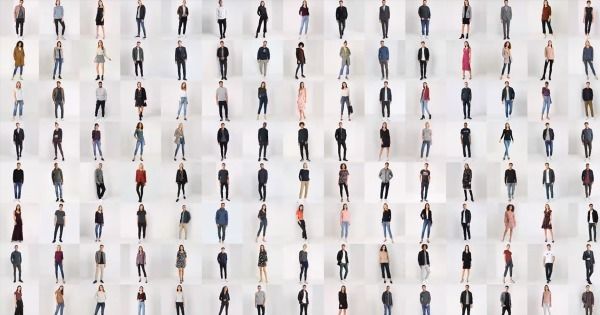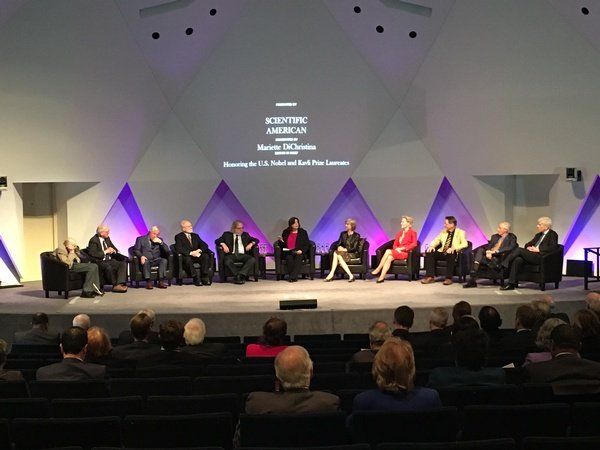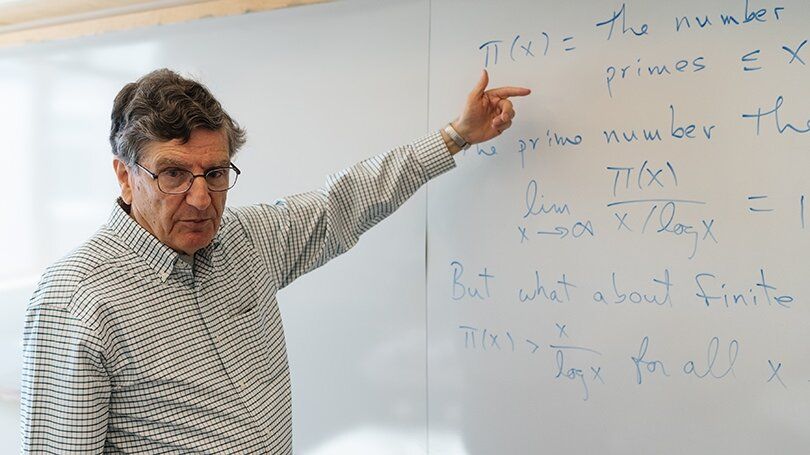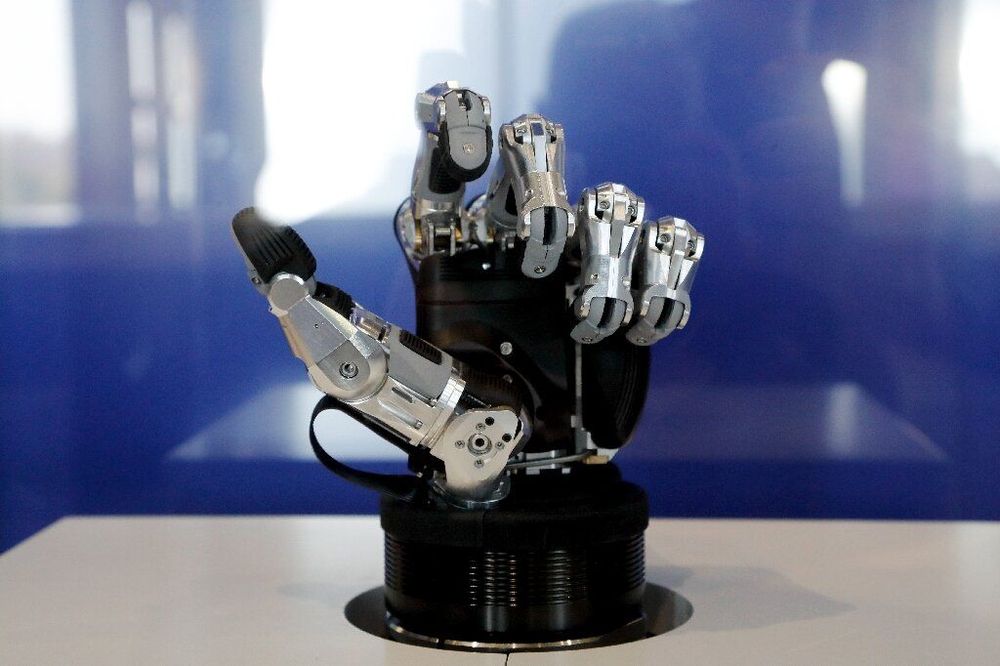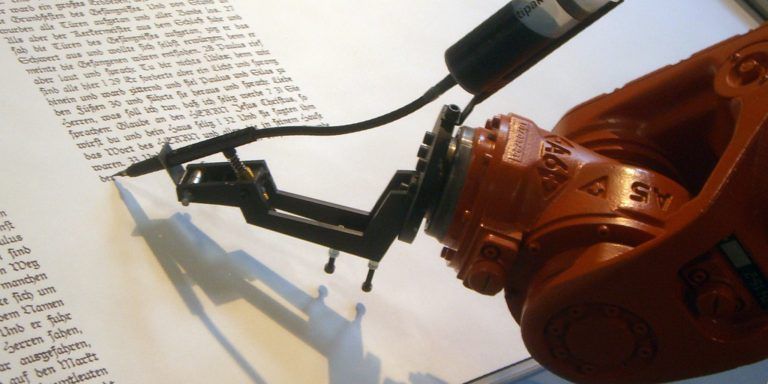May 29, 2019
Quantum noise and stochastic reduction
Posted by Quinn Sena in categories: evolution, information science, law, quantum physics
Abstract: In standard nonrelativistic quantum mechanics the expectation of the energy is a conserved quantity. It is possible to extend the dynamical law associated with the evolution of a quantum state consistently to include a nonlinear stochastic component, while respecting the conservation law. According to the dynamics thus obtained, referred to as the energy-based stochastic Schrodinger equation, an arbitrary initial state collapses spontaneously to one of the energy eigenstates, thus describing the phenomenon of quantum state reduction. In this article, two such models are investigated: one that achieves state reduction in infinite time, and the other in finite time. The properties of the associated energy expectation process and the energy variance process are worked out in detail. By use of a novel application of a nonlinear filtering method, closed-form solutions—algebraic in character and involving no integration—are obtained for both these models. In each case, the solution is expressed in terms of a random variable representing the terminal energy of the system, and an independent noise process. With these solutions at hand it is possible to simulate explicitly the dynamics of the quantum states of complicated physical systems.
From: Dorje C. Brody [view email]
[v1] Mon, 29 Aug 2005 13:22:36 UTC (43 KB)
